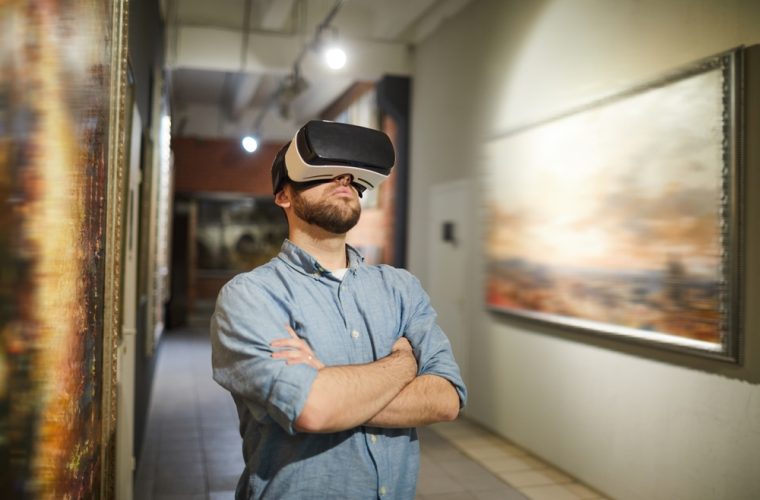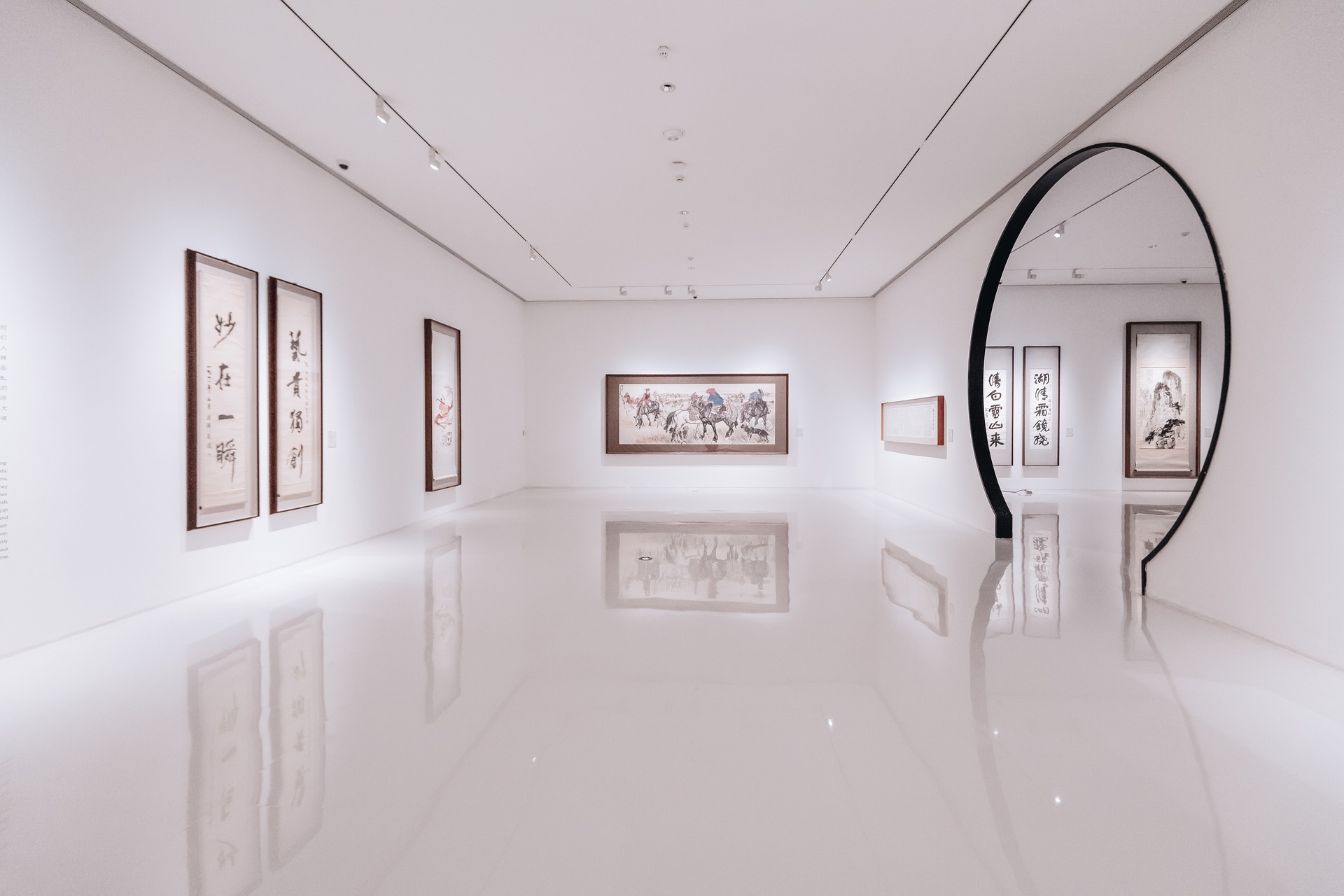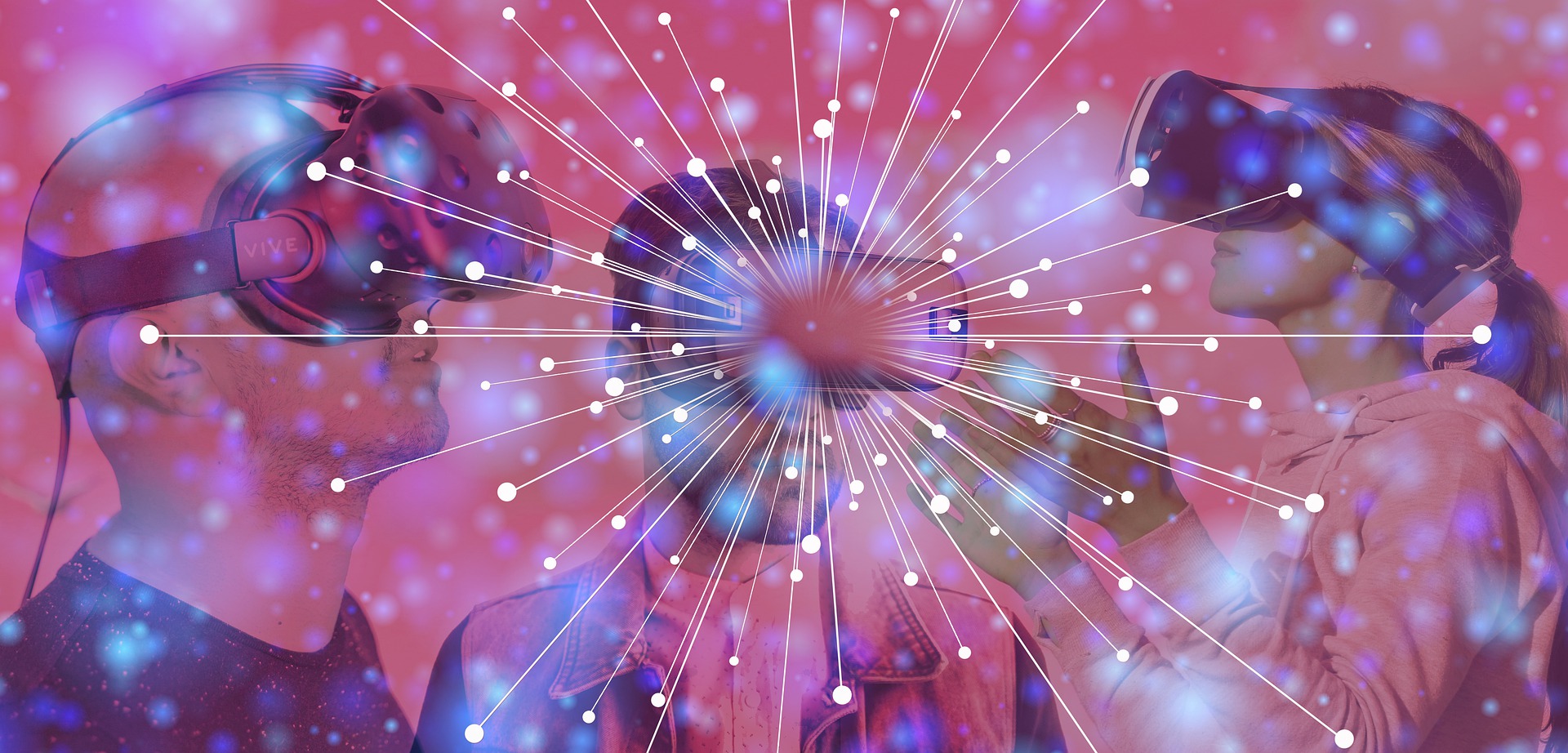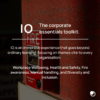
The rise of COVID-19 has forced cultural institutions to explore alternative digital spaces with the creation of virtual exhibitions thanks to VR technology.
In 2015, artist and filmmaker Chris Milk showcased the immense potentiality of virtual reality in his popular TED Talk, describing the medium as the “ultimate empathy machine”.
“Unfortunately, talking about virtual reality is like dancing about architecture. Why is it difficult to explain? It’s difficult because it’s a very experiential medium. You feel your way inside of it. It’s a machine, but inside of it, it feels like real life, it feels like truth. And you feel present in the world that you’re inside and you feel present with the people that you’re inside of it with”.
– Chris Milk, 2015
The COVID-19 pandemic has completely shifted our lives in facets that we often took for granted. Work and social life congregated online temporarily, creating a social and physical barrier between us and our lives. For cultural institutions and art galleries, the first wave of the pandemic forced a rethink in the way in which we experience and feel culture. While the physical space surrounding the art pieces are important to allow us to explore the world inhabiting these pieces, it’s the art that evokes and connects with us more profoundly. The solution became evident: virtual reality.


Last summer, the London V&A launched its much-anticipated Alice: Curiouser and Curiouser exhibition accompanied by Curious Alice, a 15-20 minute sensory virtual reality experience that transported visitors inside a reimagined world of Lewis Carroll’s classic Alice in Wonderland. Visitors immersed themselves in a world they were familiar with, but had never actually explored.
The exhibition highlighted three key aspects when creating or curating a virtual exhibition:
-
Easy to Master
Creating exhibitions for a gallery audience requires careful consideration. This becomes especially so when the exhibition is experienced through VR, a medium that might be mainstream in popularity, but it’s still niche in practice. Exhibitions need to make design choices that reassured visitors combined with a low learning threshold, to easily onboard all visitors.
-
Superior Storytelling
Architecting the world to immerse in is, for the most part, the easiest part of a VR experience. The difficult part occurs when trying to weave together the world with a story to keep the visitors engaged. In Curious Alice, visitors followed the traditional storyline, going through rabbit holes, playing mini-games and exploring the psychedelic world around them.
-
Powerful Partner
While VR will not fully replace visiting museums, it is a powerful partner and supporting actor to real-life exhibitions. The combination of real and virtual can further enhance and complement exhibitions to further retain the experience on a deeper level.
At MOONHUB, we believe we create works of art for our clients and their employees. We strive to make the training a sensory immersive experience to emotionally connect with our trainees, and we help you achieve this by providing you and your business tailored solutions for you and your people’s needs.








